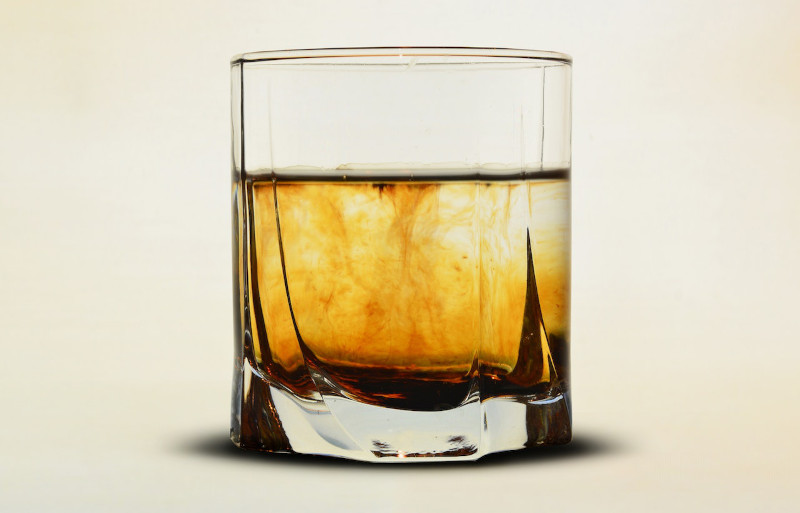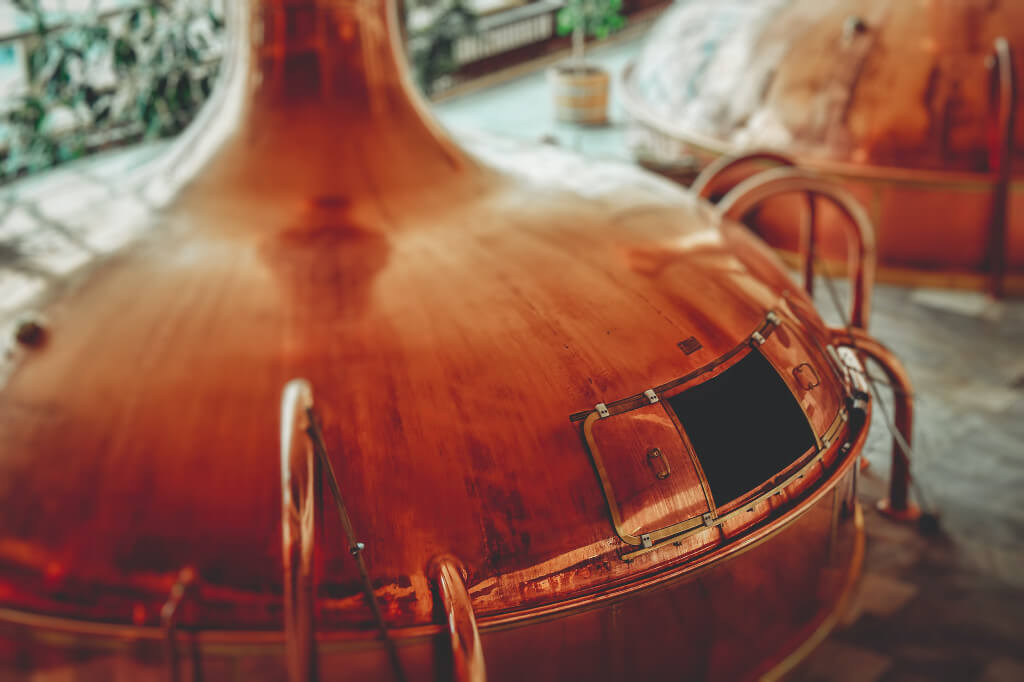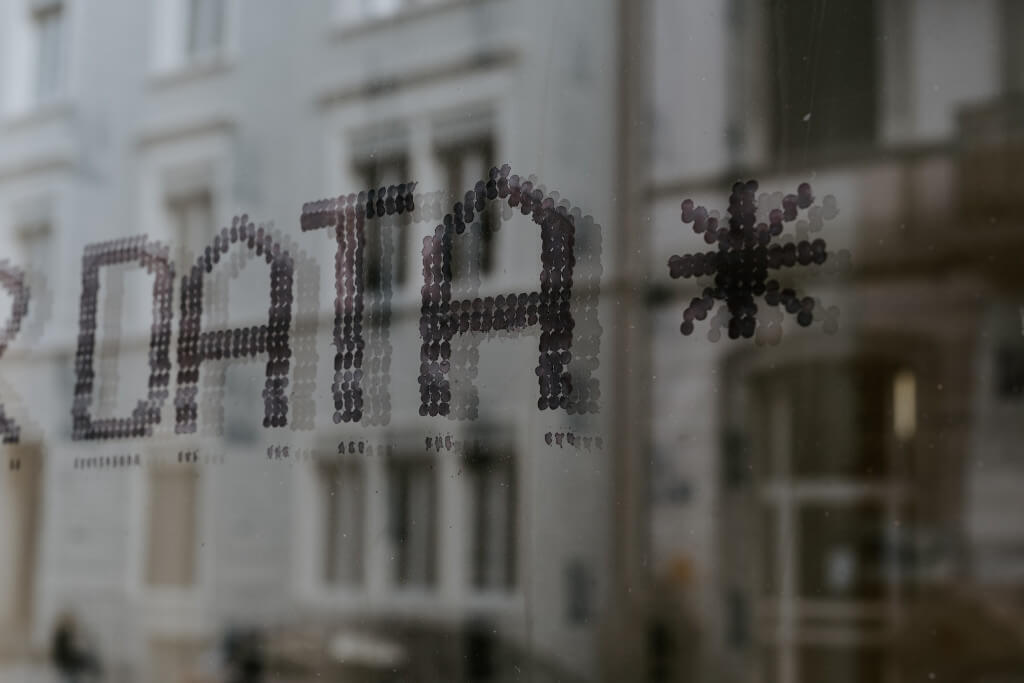The word “Sherry” may be the first thing that comes to mind when you notice a deep mahogany color in your whisky. Is it, however, always the case? Even in the ethereal realm, colors can mislead you. Darker whiskies are favored at festivals like Glasgow’s National Whisky Festival. Just compare the pale Caol Ila single cask to the gravitational pull of the deep Coca-Cola hue of the Scallywag 13-year-old. However, the belief that a darker color indicates higher quality is an unfounded stereotype. Pale whiskies aren’t always watered-down ones. If you can put aside your preconceived notions, your taste buds will corroborate this.
Color-Based Misunderstandings
Some of the comments made about pale whiskies during the event were humorous despite the generally high level of knowledge displayed there. The question “Is this whisky or gin?” keeps coming up. There is a deep respect for earth tones at Douglas Laing. The fact that some of their whiskies have a similar appearance to white wine in no way diminishes the quality of either. There are no hidden flavors, preservatives, or weakening chill filters in their products.
That right there is genuine, undiluted zeal. However, to maintain brand identity in different regions, some industry heavyweights resort to using caramel coloring. With larger brands employing caramel coloring for consistent appearance, it’s crucial to remember that consistent color doesn’t ensure consistent taste. Maturation is an organic process with many variables, and two casks of the same whisky can produce spirits that taste quite different. But which is more important for whisky: reliability or originality?
1. Darker means Matured in High-Quality Wood
One might think that a darker whisky has had the privilege of maturing in superior quality casks. However, color isn’t a direct reflection of the quality of wood used for maturation. A whisky could gain its dark hue from a low-quality cask that had held red wine or port. It’s essential to rely on the distillery’s information and tasting notes rather than making assumptions based on the spirit’s darkness.
2. Pale Whiskies are For Novices
The assumption that pale whiskies are beginner-friendly while the darker ones are for the seasoned connoisseur couldn’t be farther from the truth. Whiskies, irrespective of their shade, can have complex flavor profiles. For instance, Japanese whiskies are known for their subtle profiles and lighter colors, but they’re revered globally for their intricate and refined flavors.
3. Dark Whisky = Higher Alcohol Content
Associating color depth with alcohol strength, admit it, everyone has done it. Some might think that a deeper color indicates a stronger, more robust whisky in terms of alcohol by volume (ABV). In reality, color has no direct correlation with strength. A pale whisky can be as strong, or even stronger, than its darker counterpart.
The Fallacy of the Light Whisky

Many of us, knowingly or not, mistake youthful radiance for an inferior soul, and vice versa. However, as any whisky connoisseur will tell you, color isn’t always an indicator of age. While a Laphroaig that is six years old may be one of the lightest whiskies you’ve ever seen, its flavor is on par with that of a Macallan or Port Ellen that is thirty years old. How it tastes and the impression it makes on your palate are far more important than how it looks.
Is the 40-year-old Cameronbridge still a landmark in your mind? Despite its watery appearance, each sip was a sugary, fruity, and creamy extravaganza. So it’s safe to say, the shade of the liquid doesn’t dictate its flavor intensity. Pale whiskies are bursting with flavors of fruits, spices, and everything in between, while some darker whiskies might offer a mellow, subdued experience.
Evaluating the Content, Not the Packaging
This prejudice is brought to light by Bob Minnekeer’s experiment with dyed whisky. Color had a significant impact on how people evaluated identical whisky that had been differently colored. This highlights an important point: people’s perceptions and experiences are highly influenced by how they look. How should one go about ordering a drink? Don’t hold back or be skeptical.
Tools to Avoid the Color Bias
For the next step, it is crucial to equip oneself with tools to avoid these misconceptions. After all, if you’re looking to truly appreciate the spirit for its essence, it’s time to go beyond superficial judgments.
1. Dive into Distillery Notes
- What it is: Most distilleries release detailed tasting and production notes for each whisky they produce.
- Why it matters: Instead of leaning solely on color, take a moment to read up on the distillery’s description. It provides insights into the maturation process, the kind of casks used, and what flavors one can expect. Remember the pale Caol Ila single cask from the National Whisky Festival? On paper, its light hue might have been deceiving. But diving into the distillery’s notes would reveal its unique character, proving it’s much more than just its appearance.
2. Attend Whisky Tastings
- What it is: Events or sessions where multiple whiskies are sampled, often guided by an expert.
- Why it matters: It allows you to taste whiskies blind or without prior biases, helping you understand that color isn’t always an indicator of quality or flavor. Bob Minnekeer’s experiment using the same whisky colored with different food dyes is a great example. Attendees’ expectations changed based on color, even though the flavor remained consistent.
3. Rely on Trusted Review Platforms
- What it is: Platforms or forums where whisky enthusiasts and experts share their reviews and tasting notes.
- Why it matters: These platforms provide genuine user experiences. Reading multiple reviews can give you a more rounded perspective about a particular whisky without color bias. Websites like Whisky Advocate or Whisky Magazine often have detailed reviews, where color is just a tiny aspect of the overall experience.
4. Experiment with Blind Tasting at Home
- What it is: Tasting whiskies without knowing their brand, age, or seeing their color. This can be done by covering labels or using opaque glasses.
- Why it matters: It’s a fun and enlightening way to challenge your own biases. You might find that your favorite dram from the session was the lightest of them all! Recalling the experience with the pale Laphroaig, which stood out even among giants like a 30-year-old Macallan – it’s moments like these that emphasize the beauty of unbiased tasting.
5. Understand the Role of Caramel Coloring
- What it is: A coloring agent added to whisky by certain producers to ensure color consistency.
- Why it matters: Knowing which brands use caramel coloring and which don’t can help in making an informed decision. Not all dark whiskies are naturally so. While some brands prioritize visual consistency, others, like Douglas Laing, pride themselves on presenting the whisky in its natural form, be it pale or dark.
Disrupting the Status Quo
Misconceptions like these can only be eliminated by education. Companies of Douglas Laing’s size often look to industry giants like Pearson and ACT to set the tone for the educational market, but everyone has a role to play. Caramel coloring and other artificial additives are being challenged in today’s market, where customers place a premium on honesty and openness.
Do Not Doubt Your Intuition
When Fred Laing first displayed Big Peat, many people were skeptical of the product due to its unusual name. However, when he tried it without any expectations, the critic was blown away. The moral of this story is clear: drop your color prejudices. Put your focus solely on your sense of smell and taste for the time being. After all, whisky enjoyment ought to center on the spirit itself, not merely its appearance. So the next time you go for a dram, keep this in mind: the contents are what matter.





